Affiliate links on Android Authority may earn us a commission. Learn more.
Back to the Future: how mobile has changed in 10 years
Published onOctober 21, 2015
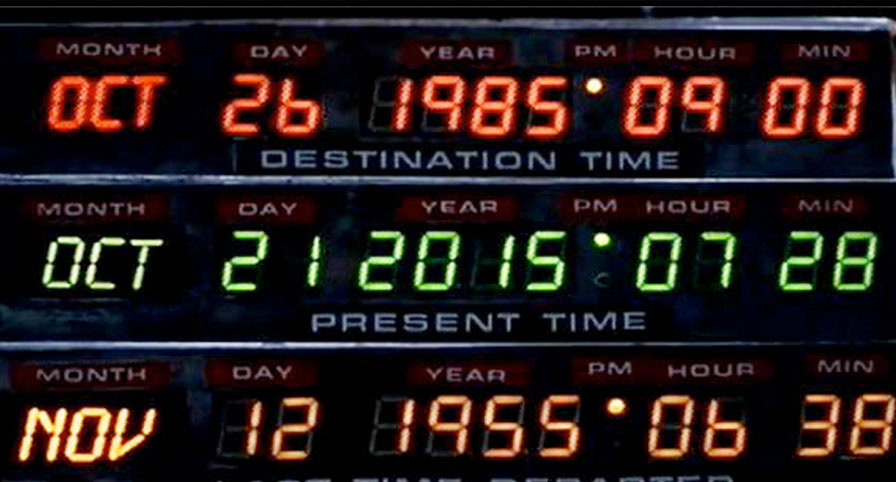
Happy Back to the Future day, fellow DeLorean time-travellers. As Marty and Doc prepare to descend upon October 21st 2015 (which is today as you might have guessed), we’ve decided to go the other way, albeit not as far as the mighty time travellers.
In our very own Back To The Future special, we’re taking a look at the mobile industry and how it’s changed over the past 10 years. It might seem like inconceivable but ten years ago, touchscreens were a fad, the iPhone and Android hadn’t been born yet and Nokia’s Symbian ruled the roost. How times have changed eh?
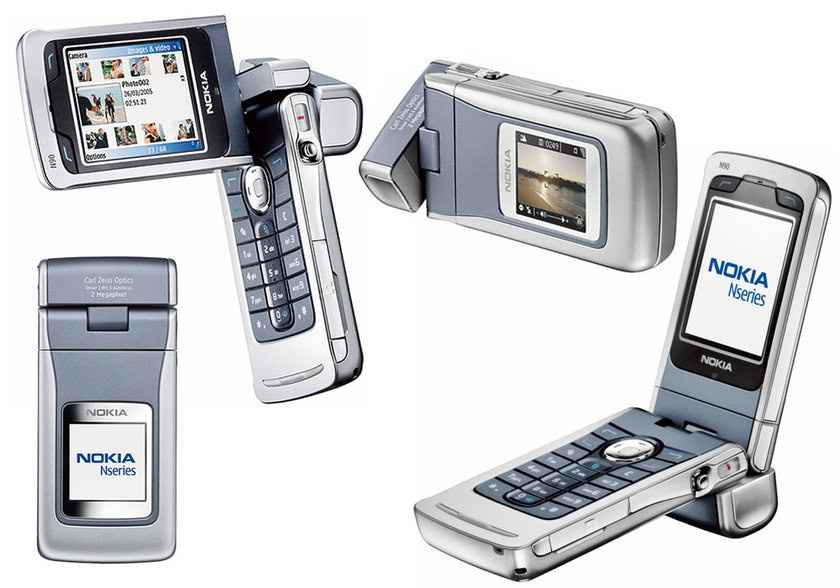
Nokia’s heyday
There’s a reason that Nokia will always be one of the most iconic names in mobile; in 2005, it was firmly in its heyday and dominated the mobile industry in a way that’s unlikely to be repeated anytime soon. 2005 saw Nokia release the Nokia 7110 which looks suspiciously like the phone used in the 1999 film, The Matrix (although it actually isn’t).
2005 was also when Nokia’s N-series made its debut with the Nokia N70, N90 and N91 all making their bows on the market. The N90 especially looked quite futuristic (above) for its time: imagine if a company bought back this crazy design; would you buy it?
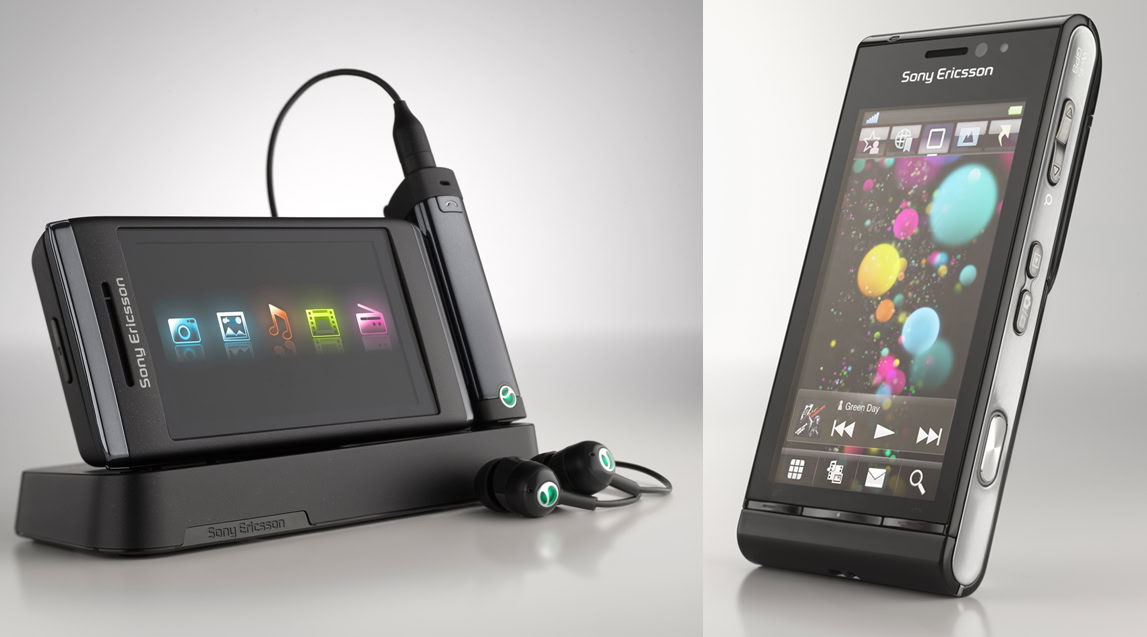
Touchscreens… but not as you know them
Anyone who has been in mobile for a few years will remember the short-lived lifespan of the resistive touchscreen, which was Nokia’s (and others, including Sony) answer to the iPhone’s capacitive touchscreen. Requiring a stylus to operate – which is where Steve Jobs probably got the inspiration for his “If you see a stylus, they blew it” quote – resistive touch screens were pressure sensitive and basically, rubbish.
Pinch to zoom? Nope. On-screen keyboards? We wish. Slim phones? Not a chance. Thank god OEMs saw sense – can you imagine having to press down hard on a screen in order for it to do something? Oh wait… we do have that.
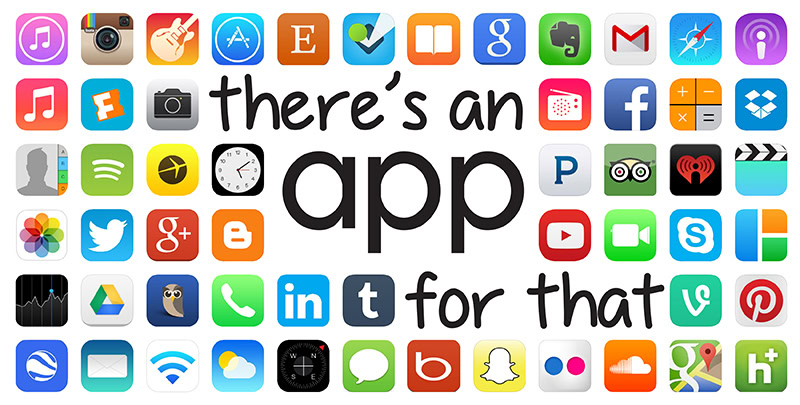
There’s an app for that
Where would mobile be without the Apple iPhone? Honestly? In a very, very, very bad place. Like it or hate it, the iPhone saw the market shift towards the current capacitive screens in use and in 2008, the concept of the app was born.
As the folks at Microsoft would tell you (having been beaten with this stick numerous times), the lack of apps can destroy a platform before it’s even had a remote chance of being a success. As BlackBerry found out – sometimes it’s just easier to go with an established platform than try to build your own competitor (no matter how good it actually is).
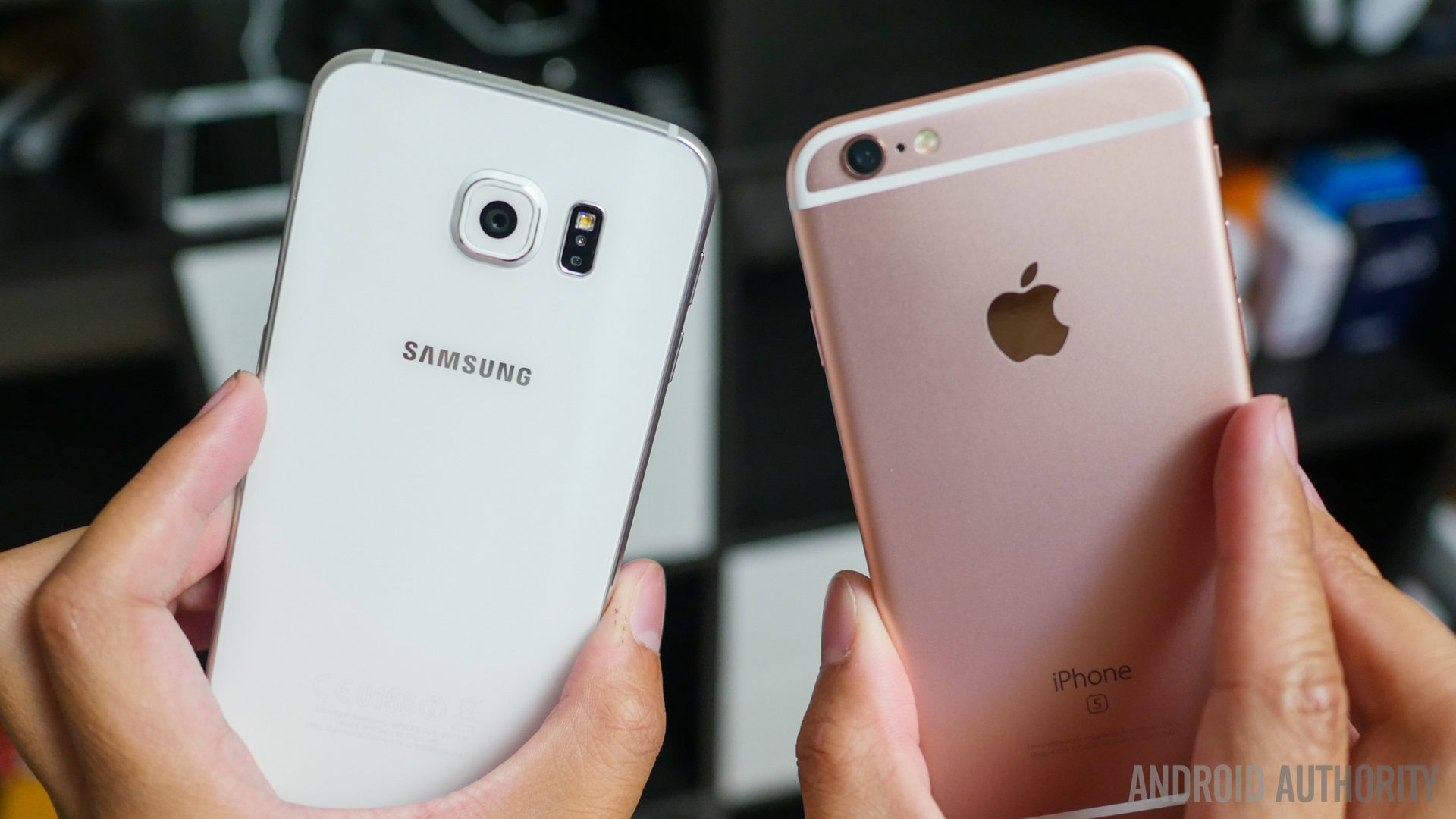
The rise of Asia
Ten years ago, the thought of people buying a phone from an Asian OEM in a Western market was almost unheard of, unless of course, you were buying an entry-level handset. The big OEMs in that day were BlackBerry (aka RIM), Motorola and Nokia who dominated a market where brand loyalty was a big factor in purchase decisions.
[related_videos title=”Phones of 2015:” align=”left” type=”custom” videos=”647458,645715,634295,629182,605763,604641″]Fast forward ten years and these companies have pretty much ceased to exist as we know them; Nokia sold its devices division to Microsoft (and swiftly made an Android device); Motorola has been the subject of a game of pass-the-parcel between various owners but is now a subsidiary of Lenovo (after Google took its valuable patents); BlackBerry still exists but has decided that no one wants BlackBerry 10 and is instead, about to treat us to its first Android device in the form of the stunning BlackBerry Priv (aka the Venice).
Fast forward ten years and 7 of the world’s top 10 leading mobile manufucturers are from China with only one (Apple) from outside Asia and there’s likely to be no change of the status quo for many years. While some are based solely in Asia, most operate around the world, serving up the flagships – such as the S6 Edge, Xperia Z5, Mate S, G4 and more – that most of us call our own.
Mobile in 2045 – the future is a scary place
What will mobile phones be like in 2045 and will they even exist? Is it even possible to predict what consumer technology will be like in 2045? What do you think we’ll see from mobile devices in 30 years and will we even have mobile phones?
Let us know what you think mobile will be like in 30 years and we can all revisit this post on October 21st 2045 to see who was able to predict the future. If you’re worried about the future (or even if you know), there’s no better way to go Back to the Future than with the Doc himself: